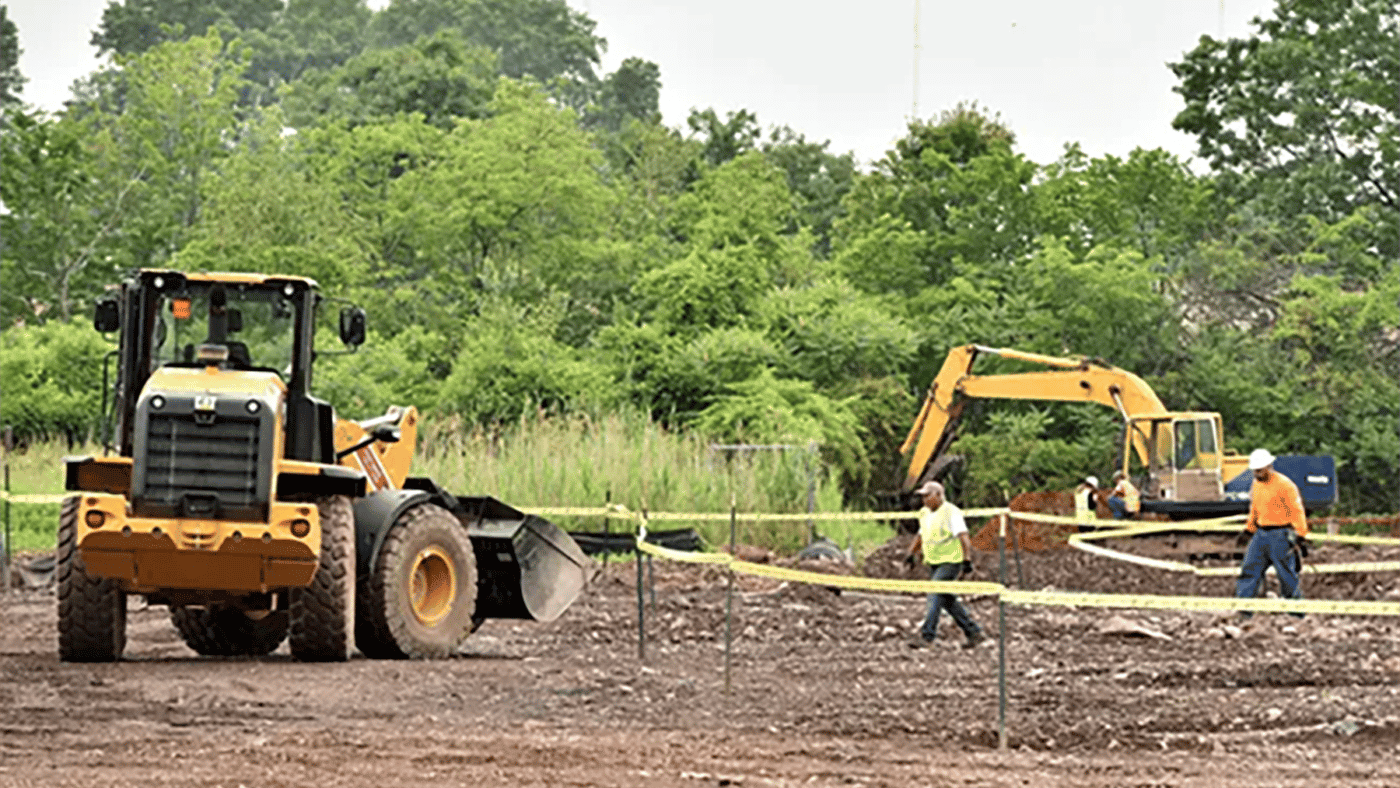Our client’s insured conducted an in-situ treatment remediation for contaminants that were excluded under an insurance policy. During the remediation process, the insured identified that several of the treatment cells were not meeting parameters and required off-Site disposal. After performing waste classification analysis for the disposal facility, the insured identified a contaminant that was not previously identified during site characterization, and therefore, this was not part of the known site pollutants related to their insurance policy. This contaminant was identified on other portions of the Site and was being managed using institutional and engineering controls.
Subsequent investigation of the property identified that the newly identified contaminant was prevalent throughout the treatment area, and due to the co-mingled presence to the two contaminants, the pre-existing condition could not be remediated in-situ nor could the new contaminant be managed in place under institutional and engineering controls. This resulted in all co-mingled material requiring off-Site disposal. Initially the Insured argued that all costs should be allocated toward the new condition; however, through a review of data, the historical Site remedial actions, and the regulations regarding the two co-mingled contaminants, VERTEX was able to demonstrate that the presence of either contaminant on their own could have been mitigated in a less costly manner. VERTEX was able to use this information to develop an allocation and was able to achieve over a $2M cost savings from the Insured’s original demand.
To learn more about VERTEX’s Forensic Consulting services or to speak with an Expert, call 888.298.5162 or submit an inquiry.







